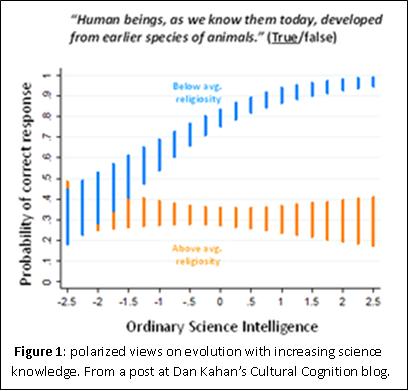The role of children in the culture of climate catastrophism.
Some long overdue housekeeping. This is a mirror of my guest post at Prof Curry’s ‘Climate Etc’ just over a year ago: https://judithcurry.com/2019/07/29/child-prophets-and-proselytizers-of-climate-catastrophe/
(See bottom of last page for a link to the Footnotes file).
- Serious scenarios for children: reality or culture?
1.1 Frightening our children: When do we find it acceptable to institutionally frighten children? While our first thought is perhaps that this should never happen, in practice there are at least two scenarios where it’s considered morally acceptable. The first is where dangerous hard realities beyond adult control, require that children must be taught a respect of such realities. This may often involve a certain amount of fear among other techniques, in hope that this will help children autonomously keep themselves safe. An example is gas-mask training in WW21, because adults can’t be everywhere at once to assist all children with their masks in time. The second scenario is where it’s morally acceptable by virtue of supporting a culture that has defined the moral landscape (or an up-and-coming culture that is attempting so to do). In this second case, instilling culturally approved fears is considered normative, to achieve desired social behavior, grant access to group benefits, and provide supposed cultural rewards. An example is scaring children about sin or Hell or the Crucifixion2, in order to reinforce Christian social behavior and introduce the partnering carrot of going to Heaven (instead of Hell) for conformance.
1.2 Children Protesting: When do children band together to try and make a communal voice of protest heard by society? As above, there are at least two scenarios where this happens. The first is a reaction to an existing and widespread serious wronging of children (and possibly adults too) of some kind. The second is in reaction to strong culturally instilled fears, which have incorrectly been interpreted as a real and present threat or harm (section 5). In both cases some action is sought from adults, in order to remove or mitigate the problem. Some adults are typically involved in the organization of a children’s movement, having aligned interests; anything from genuinely safe-guarding their children (or children’s interests) to virtue signaling. Example scenarios follow later.
1.3 Children in charge: When do society’s leaders advocate and implement (or attempt to) main policy expressed by a child? Once again, there are at least two scenarios where this happens. The first is where a widespread wronging such as in the paragraph immediately above, promoted to social leadership by a representative child victim, is deemed to cry out for redress. Whether children are seriously disadvantaged or suffering psychologically or physically or all of these, and indeed whether or not causation involves cultural elements, this is essentially a hard reality issue of present harm. The second scenario is where leaders are emotively disabled from resisting / contradicting the child’s policy, even if impacts are likely net very negative, because this expresses some culturally approved fear that the former are already primed for. Or at least for an up-and-coming culture, resisting is still a major challenge for leadership. Cultural bias blinds folks to downsides, and our ingrained instincts to avoid stigma are likely sharpened in those who want to retain leadership; a lack of support risks serious cultural stigma, including shame for failing to acknowledge moral censure by a ‘wronged’ (i.e. according to the accepted cultural narrative) child. Example scenarios follow later.
1.4 Which is which? A secular, reasoning and reasonable society should aspire to avoid the cultural scenarios from all these cases, which lead to needless fears, trauma, false hopes and inappropriate social actions. A reasonable religious society should aspire to limit context to core values, and prevent alarmist / extremist leverage of our emotive concern for children, plus damage to children who are pushed beyond benign religious participation. Yet for any given protest, or policy expressed to leadership, or instilling of fear, how can we know which scenario is which? And so indeed whether the constant fear about climate change instilled into our children (section 5, last para), the consequent children’s climate strikes, and the dramatic aspirations expressed by Greta Thunberg, fall into the reality bracket or the cultural bracket? Is Greta’s pitch to the UN as reality based as Malala Yousafzai’s pitch, yet needing from them immensely more support for worldwide change? Is the nature of the school climate strikes ultimately as material and justifiable as the 1963 children’s crusade, yet where the scope of the problem being protested by children is hugely more extensive? Large swathes of society enthusiastically support the school strikes and Greta; they’d surely say ‘yes’ to the latter two questions. But how do detailed comparisons actually pan out?
Next page (2) for more…




